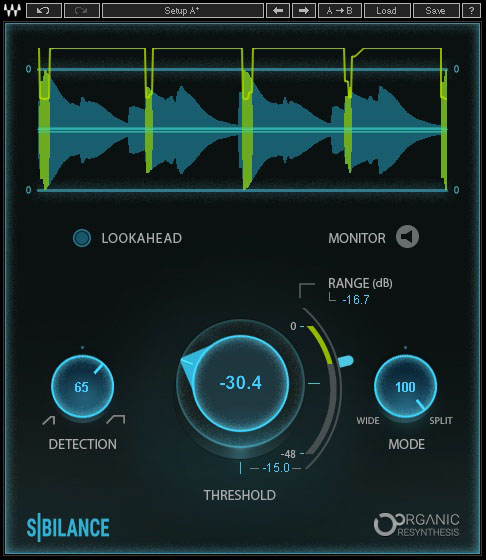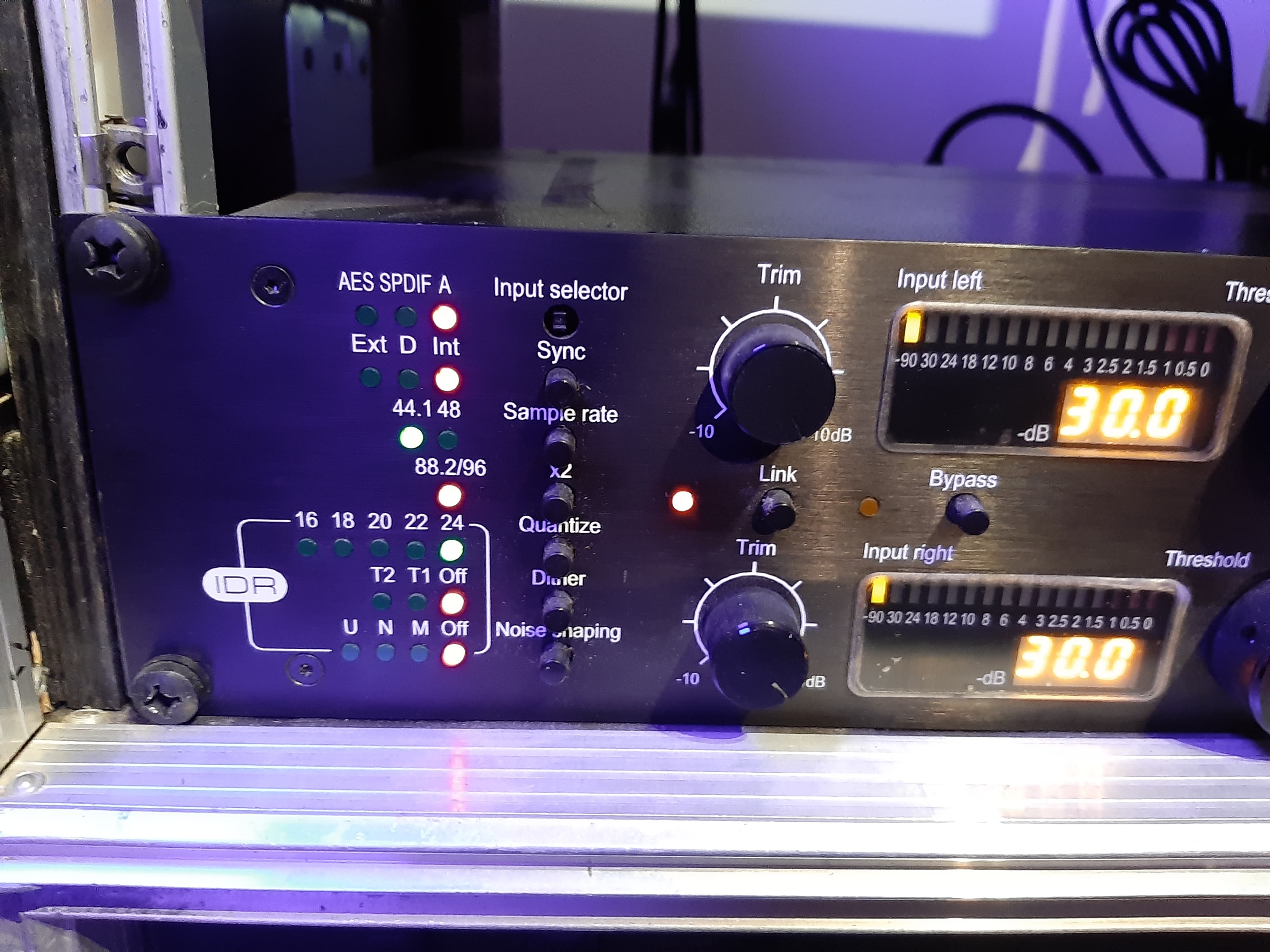

For mix engineers the Pro-L 2 may be a little too big in scope to be a fundamental studio tool, but it still can have a role to perform: which it does exceptionally well. Do I really need this?įor mastering engineers and those working in post-production the Pro-L 2 is essentially a must-buy. Neither were really working hard, and the differences were much more subtle. Comparing the two algorithms at this level however was difficult. However, pulling both algorithms back to a more appropriate -14LUFS left the cello sounding more rounded, and less aggressively bottom-heavy.Īny EQ applied at this loudness would need to be more carefully applied. Perhaps a sign that some EQ was also needed. The voice was starting to grate, and the boomy bottom end of the cello was overpowering the musicality of the mix.Īt the same level the Safe algorithm still sounded clear and the vocal retained its tone, without any breakup, but the bottom end was still overpowering. At this level the Modern algorithm was noticeably distorted. The CD preset of -9LUFS is perhaps a throwback to the loudness wars, and not something we’d ever target for anymore, but it is interesting as a reference. The overall loudness can be seen on the new loudness meters built into Pro-L 2, which include preset targets for different options. Engaging the unity gain setting enabled us to very quickly hear at what point the limiting began to distort with each of the algorithms, and while the Safe algorithm enabled greater loudness before distortion than the Modern algorithm, neither needed to be pushed that far to leave us in the loudness range we wanted for the track. There wasn’t a great deal of transient information, and so the limiter was acting more as an overall loudness processor. The first, an acoustic guitar, cello and voice arrangement would perhaps have benefitted from a little massaging into shape with a compressor before limiting.

We brought up a few different reference mixes that we’ve worked on over the last few months to compare the different algorithms in different scenarios. The Bus algorithm is the furthest from transparent, adding a fairly obvious colouration to the signal which isn’t always going to be appropriate for mastering, but is meant more for processing drums (either as a buss, or individual tracks), perhaps as a parallel, heavily squashed channel. The Aggressive algorithm pushes the punch even further, adding light clipping to the sound for a more in-your-face approach, which sounds great, so long as it isn’t pushed too hard. The Safe algorithm has been designed with zero-distortion as the goal, and is a great choice for acoustic, orchestral or jazz pieces, which typically don’t need to be as loud, but it doesn’t have the punch that is present with a touch of the Modern limiting. The new Modern algorithm has been designed to work as a good starting point all-rounder, and in our tests was remarkably transparent when applying typical amounts of limiting. Of the eight algorithms in Pro-L 2, four are completely new Modern, Safe, Aggressive and Bus. While we have previously used MeterPlugs’ Perception for this task, having the option built into the limiter is far more convenient, and makes getting the perfect result faster and smoother. Applying FabFilter in this slot opens up another new option though.īy engaging the Unity Gain option you can listen to the effect the limiting is having on the material without any associated increase in level. When mastering we like to add the limiter to the last slot in our chain first, bringing the level up to what we feel to be right for the song before then applying any further processing. In addition, FabFilter has added a number of further features aimed at expanding the functionality of the plug-in, beyond simply making tracks louder. But now, a limiter has to be able to deliver more than simple loudness.įabFilter Pro-L 2 delivers this with a range of eight limiting algorithms, each designed with their own character, providing eight different flavours which can be applied to different program material. While heavy limiting during mastering has become less fashionable recently, forcing mastering engineers to work harder to get loud and punchy results without simply resorting to squashing the life out of a mix, a high-quality limiter is still an essential tool, both in mixing and mastering.


 0 kommentar(er)
0 kommentar(er)
